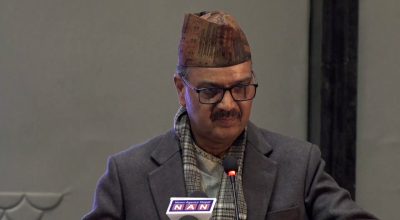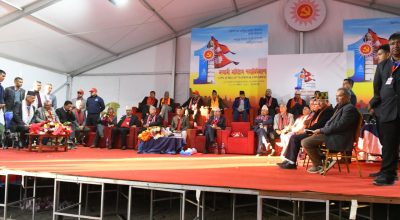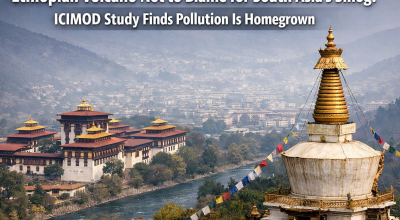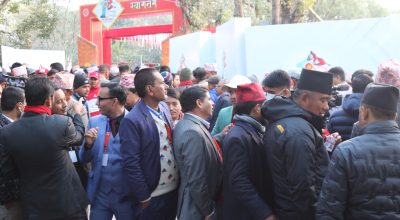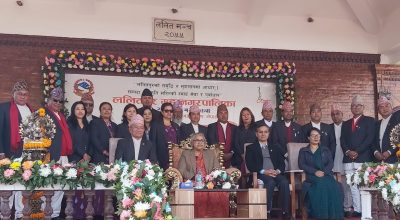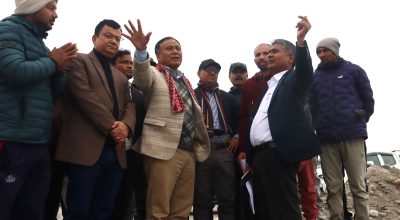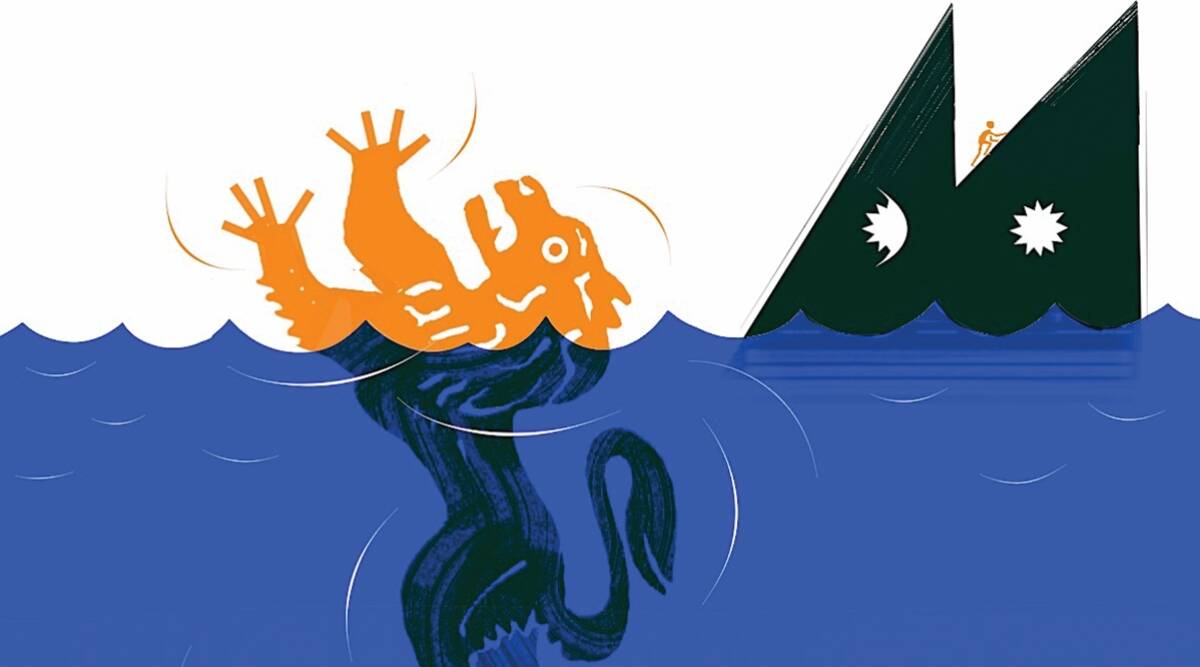
The recent political and economic crisis in Sri Lanka has prompted people to compare Nepal’s economic environment to that of Sri Lanka. But the nature and extent of problems in the respective economies are different. Though a few indicators look similar for both countries, Nepal’s growth rate this fiscal year has significantly improved from earlier projections.
Despite the reinvigorating growth rate after a slowdown in economic activities because of the Covid-19 pandemic, foreign exchange reserves in Nepal require balancing. Among other policy adjustments, Nepal is looking forward to increasing the volume of hydroelectricity exports mainly to India. As India is Nepal’s most important economic partner and is expected to remain so in the foreseeable future, India’s support to Nepal to reduce such external sector vulnerability and achieve prosperity could be in the best interest of both countries.
Nepal’s estimated growth in the current fiscal year ending mid-July is 5.8 per cent. The growth rate was revitalised by rising economic activities after a two-year suffering, primarily caused by the Covid-19 pandemic. Nepal’s economy has done better than most countries in South Asia this year.
However, Nepal’s external sector has moved to the risk zone. The current account deficit rose from about 3.5 per cent of the GDP to 9.5 per cent of the GDP during the same period. Sharply rising trade deficit and less than expected foreign exchange inflow adversely affected the economy. The foreign exchange reserves decreased, and the reserves are sufficient to cover goods and services imports for only six to seven months from about 11 months of reserves a year ago.
Sri Lanka is known as a country whose social indicators are superior to countries with similar income levels. Its policies, initiated mainly to attract investments and promote exports, helped to support economic growth consistently and significantly. Presently, it is going through a problem of its own, especially in the area of external balance. The crisis in Sri Lanka could serve as a lesson for us.
The Sri Lankan economy was left shattered by the terrorist attacks in 2019 and later, the Covid-19 pandemic. Substantial loss in tourism earnings and rapidly rising imports further widened the trade deficit. Remittances that helped to reduce the current account deficit declined by almost 23 per cent in 2021, mainly because of the return and loss of employment of migrant workers. Though export earnings and foreign direct investment have improved, their size and rates of growth are not sufficient to compensate for the cumulative loss in other sectors. In addition to the rising current account deficit which is the result of significantly less foreign exchange inflows, the higher volume of debt that includes a higher proportion of external debt mobilised through commercial borrowings have added to the burden on the foreign exchange reserves of the country.
Nepal has also moved to the risky zone. In the fiscal year 2020-21, the current account deficit widened mainly due to a rapid increase in imports and a substantial loss in tourism income. However, remittances, despite pandemics, continued to increase. Even during the crisis, the gross foreign exchange reserves increased marginally in the country. In recent months, Nepal has started feeling the pinch in the balance of payment and foreign exchange reserves. During the eight months of 2021-22 (till mid-February 2022), imports increased by almost 39 per cent. Despite 83 per cent growth in exports, the trade deficit widened.
Remittances reached a record high in the last fiscal year despite the drop in labour migration. However, this year, remittances have started declining albeit slowly, but the 241 per cent increase in the number of Nepali workers taking approval for foreign employment has given some confidence for the future. Tourism income which sharply declined in the last two years is also reviving slowly. Again, compared to Sri Lanka, tourism accounts for a much smaller share in Nepal’s economy. It is about 2.2 per cent of Nepal’s GDP compared to 4.9 per cent for Sri Lanka.
Nepal also adopted an expansionary policy after the devastating earthquake of 2015 followed by the Covid-19 pandemic and public debt rose to more than 40 per cent of the GDP, including external public debt which is nearly 23 per cent of the GDP. However, Nepal’s public debt remains low. Both domestic and external loans for Nepal are small in comparison to the size of the economy. Interest rates and maturity periods are also highly favourable for Nepal. Nepal’s decline of foreign exchange cannot be attributed to public debt and its debt-servicing requirements and reflects a different situation from that of Sri Lanka.
Nepal has taken a number of steps to discourage imports and increase foreign exchange earnings. That includes prudent economic policy, the temporary ban on imports or a requirement to keep a 50-100 per cent margin to open letters of credit to import a few luxury and non-essential goods, and increased interest rates. However, import restrictions and restricting foreign exchange in trade and services are not long-term solutions. It will raise inflation, increase unauthorised trade and capital flight, and suppress growth.
Having said that, Nepal is trying to reduce the external sector vulnerability in the medium and long term by exporting a higher volume of electricity to India and Bangladesh, attracting developers and investors including in the completed and proposed special economic zones and other industrial estates to promote import substitutions and exports, promoting information technology and incentivising agriculture sector to exploit Nepal’s comparative advantages. A strong economic partnership between the two countries including a higher level of investment from India could help Nepal in our journey of development and prosperity.
For Nepal, it is a blessing to have the world’s fastest-growing economy with a massive middle-class population as an immediate neighbour with an open border. Nepal and India have always had the closest of sociocultural, economical, and political ties for ages. More meaningful partnership in the coming days would further deepen our economic partnership and long-standing friendship.
(This article was published in The Indian Express)
The writer is the Ambassador of Nepal to India and former Vice-Chairman of the National Planning Commission, Nepal. Views expressed in the article are personal






